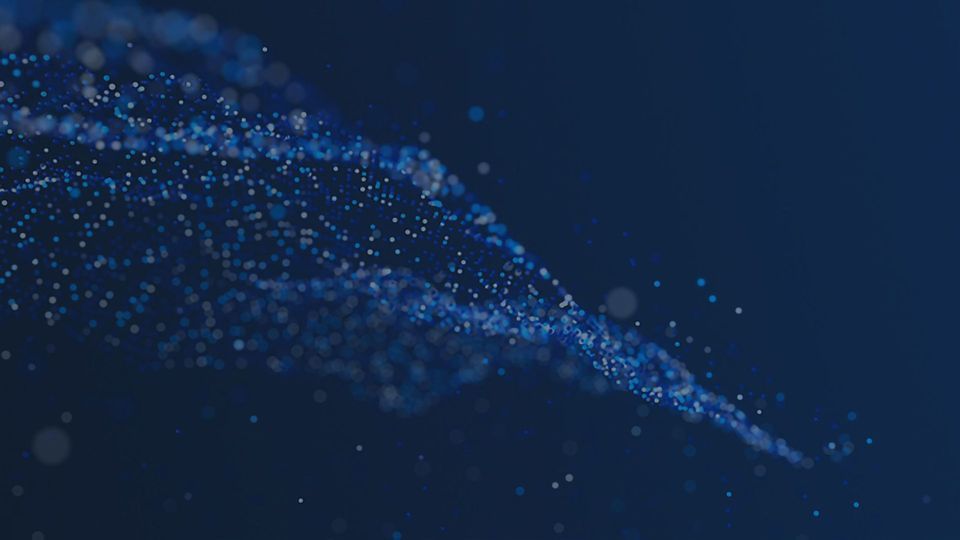High-Resolution Mass Spectrometry Reveals Pathways in Photosystem II Water System

Complete the form below to unlock access to ALL audio articles.
Researchers at Washington University in St. Louis have traced the paths of three water channels in an ancient photosynthetic organism to provide the first comprehensive, experimental study of how that organism uses and regulates water to create energy.
Photosynthesis is the chemical conversion of sunlight into chemical energy via an electron transport chain essential to nearly all life on our planet. All plants operate by photosynthesis, as do algae and certain varieties of bacteria.
Daniel A. Weisz, a post-doctoral researcher in biology in Arts & Sciences, was lead author of the study that looked at the great granddaddy of all photosynthetic organisms — a strain of cyanobacteria — to develop the first experimental map of that organism’s water world.
The finding advances photosynthesis research but also presents an advance in green fuels research.
To convert sunlight into a usable form of energy, photosynthetic organisms require water at the “active site” of the Photosystem II protein complex. But the channels through which water arrives at the active site are difficult to measure experimentally. Reactive oxygen species are produced at the active site and travel away from it, in the opposite direction as water, leaving a “damage trail” in their wake.
“We identified the damaged sites in Photosystem II using high-resolution mass spectrometry and found that they reveal several pathways centered on the active site and leading away from it all the way to the surface of the complex,” Weisz said. “We propose that these pathways represent channels within the complex that could be used to deliver water to the active site.”
The study appears in the Nov. 17 issue of Science Advances.
“Photosystem II has a very complex mechanism, and it’s really important to understand its processes and evolution,” said Pakrasi, who has researched cyanobacteria extensively for more than 25 years. “There is a growing interest in green energy, and our knowledge of this enzyme’s behavior could someday be put to use to create an artificial system that mimics the real enzyme to produce an abundant amount of sustainable energy.”
The active site of Photosystem II is a cluster of manganese, calcium and oxygen ions buried deep within the complex, far away from the watery medium of the cell. Researchers have long speculated that the active site, or manganese cluster, must have a channel system, and theoretical, supercomputer-generated models tenuously have predicted their existence. But water motion is hard to characterize experimentally.
The researchers took a roundabout path to delineate the channels. The “damage trail” comprises 36 amino acid residues from essentially three proteins found near the manganese cluster by a highly sophisticated mass spectrometer. The instrument is part of the Mass Spectrometry Research Resource directed by Gross, who is also a professor of immunology and pathology and of medicine in the School of Medicine.
The “damage trail” is similar to that caused in a protein footprinting approach developed by Gross where proteins are purposefully modified by free radicals to map out solvent exposure. In this study, the modifications take place naturally where the protein is exposed to water solvent.
These damaging reactive oxygen species, also known as radicals, emanate and disperse from the cluster outward toward the cell’s watery medium. The radicals pass through Photosystem II like a tornado, attacking and damaging the nearest amino acid components of Photosystem II that they encounter along their path.
Because the radicals and water have similar properties, such as size and hydrophilicity, the researchers propose that the damage trail pathways going out from the cluster are very similar to the paths that water takes inward toward the active site.
“We’re directly observing the paths that the radicals take, not those of water,” Weisz said. “But given the radicals’ similar properties to water as well as previous computer modeling results, we believe that those pathways are the same ones that water takes inward.”
Such an approach to discovering the water channels is considered a proxy because it’s based on the movement of the highly reactive radicals and not of the water itself.
The proxy, Weisz said, “is like leaving a trail of bread crumbs along a path in the forest. If someone is able to find the bread crumbs, they can retrace the path taken out of the forest.”
The researchers were able to identify the many damaged residues because of the incredible accuracy, speed and sensitivity of Gross’ mass spectrometry instrument. “With earlier instruments that were slower and less sensitive, it was harder to confidently identify large numbers of damaged sites,” Weisz said. “The powerful capabilities of this instrument enabled us to obtain these results.”
“Cyanobacteria are the progenitors of chloroplasts in plants,” Pakrasi said. “Photosystem II is conserved across all oxygenic photosynthetic organisms. We know for sure that nature devised this machine only once, then transferred it from cyanobacteria to algae and to plants.”
This article has been republished from materials provided by Washington University in St. Louis. Note: material may have been edited for length and content. For further information, please contact the cited source.
Reference
Daniel A. Weisz, Michael L. Gross and Himadri B. Pakrasi. Reactive oxygen species leave a damage trail that reveals water channels in Photosystem II. Science Advances, 2017; DOI: 10.1126/sciadv.aao3013.

